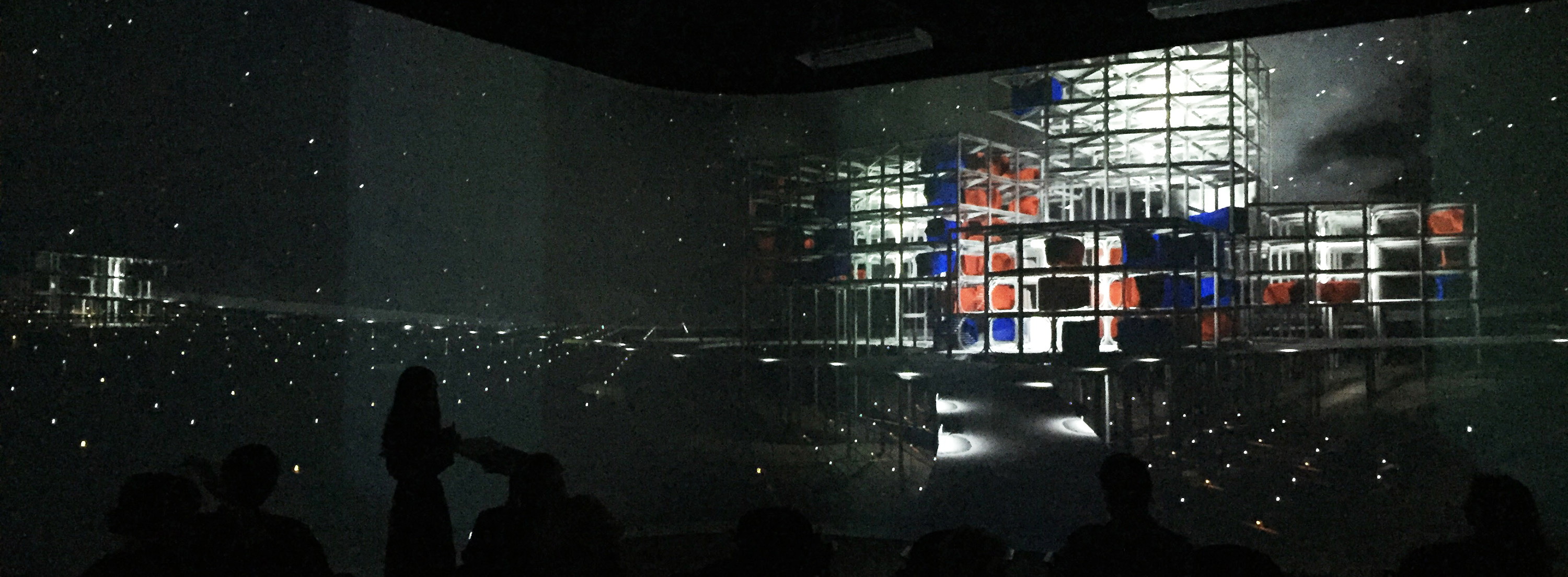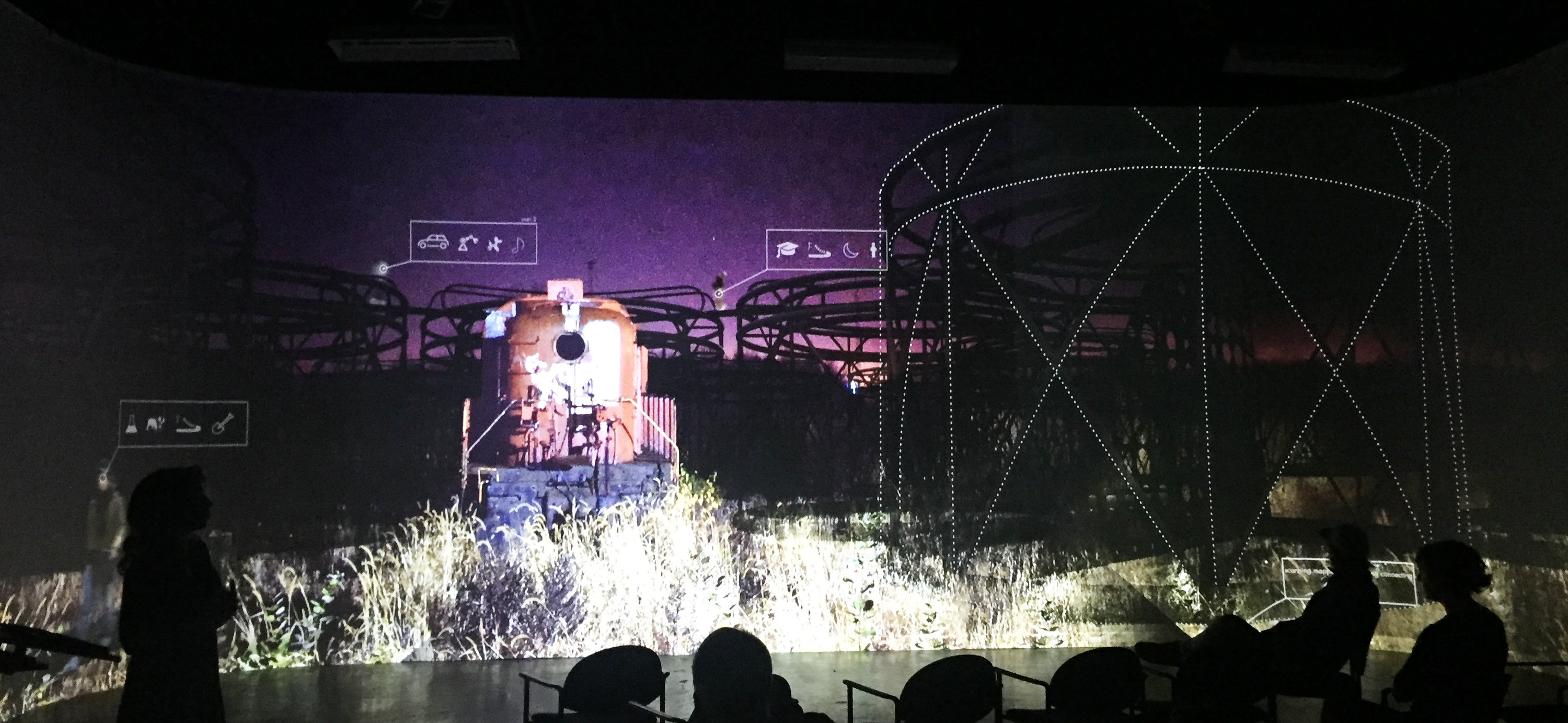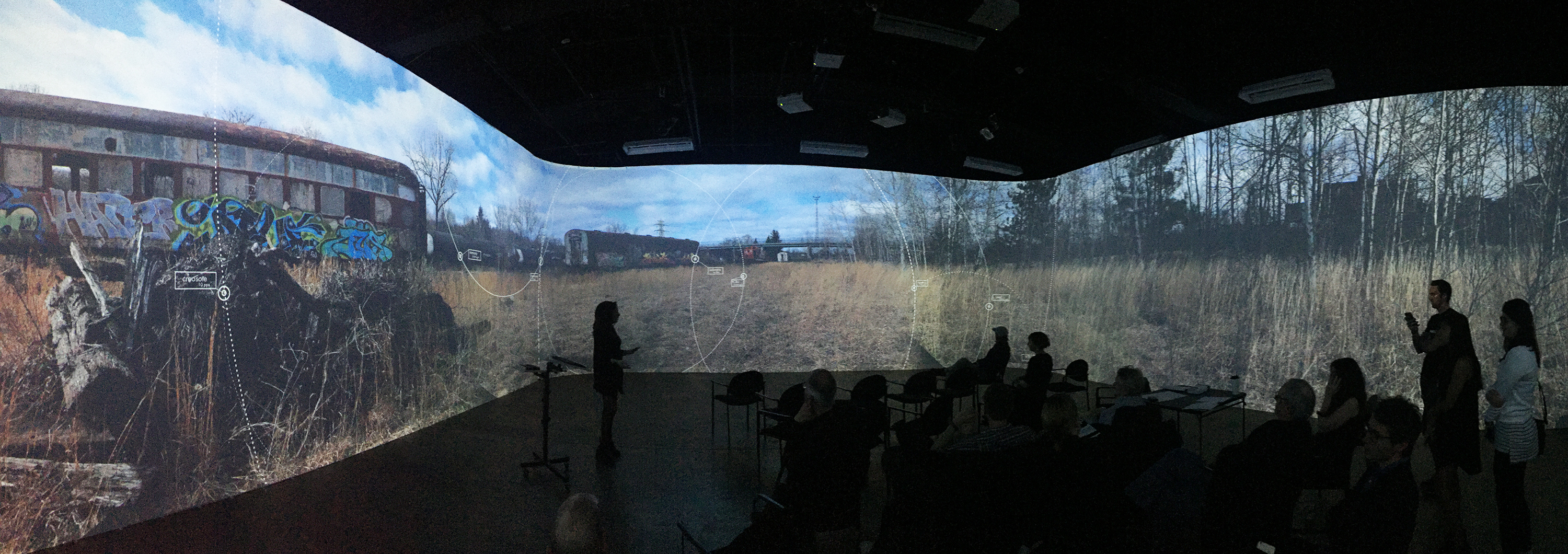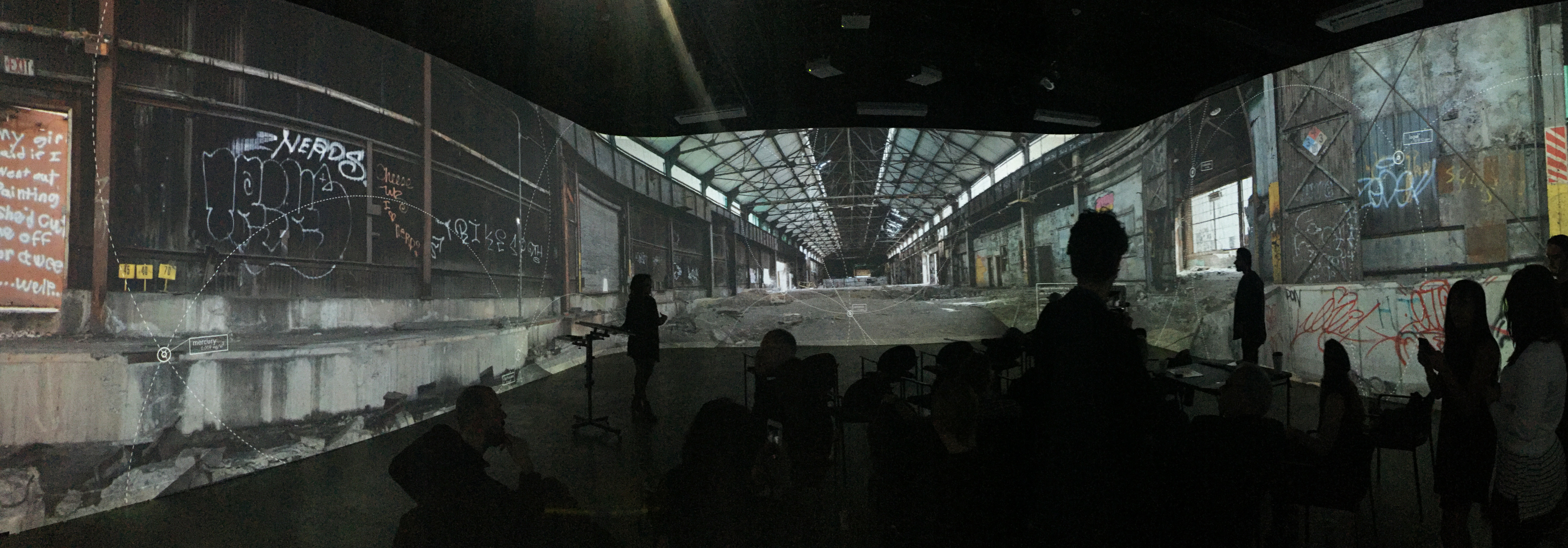PLANETOLOGY: Foundation Landscapes of MASSIVE OBLIVION
Inhabiting and communicating with toxic, off-limits or invisible sites and environments.
Fall 2015/Spring 2016
Instructor: Carla Leitao
Committee Member: Ted Krueger
The studio asked about the potential of architectural thought applied to landscapes of MASSIVE OBLIVION – places devoted to archiving excess, obsolete or ’toxic’ substances or objects. Different types of entities that want to be ‘hidden away’ for short to long periods of time that include: landfills, storage of radioactive materials, nuclear test areas and places of recovery from some kind of recent disaster, among others.
Project credit: Leslie Aldana
Project credit: Rebecca Bruno
Project credit: Rebecca Bruno
Project credit: Alyssa Schaedler
 We proposed ways to reinterpret, represent and create readability of that which is usually made to remain invisible, untouchable or unreachable – and how architecture as a cultural agent thinks and involves what are usually hidden landscapes, into the mental/perceptive maps of populations.
We proposed ways to reinterpret, represent and create readability of that which is usually made to remain invisible, untouchable or unreachable – and how architecture as a cultural agent thinks and involves what are usually hidden landscapes, into the mental/perceptive maps of populations.Students:
Leslie Aldana
Rebecca Bruno
Jhoan Campusano
Alexandria Frisbie
Kathryn Grotheer
Boqun Huai
Anqi Huo
Rae Koshida
Ryan Kresser
Rushdan Majumder
Jane Pao
Alyssa Schaedler







